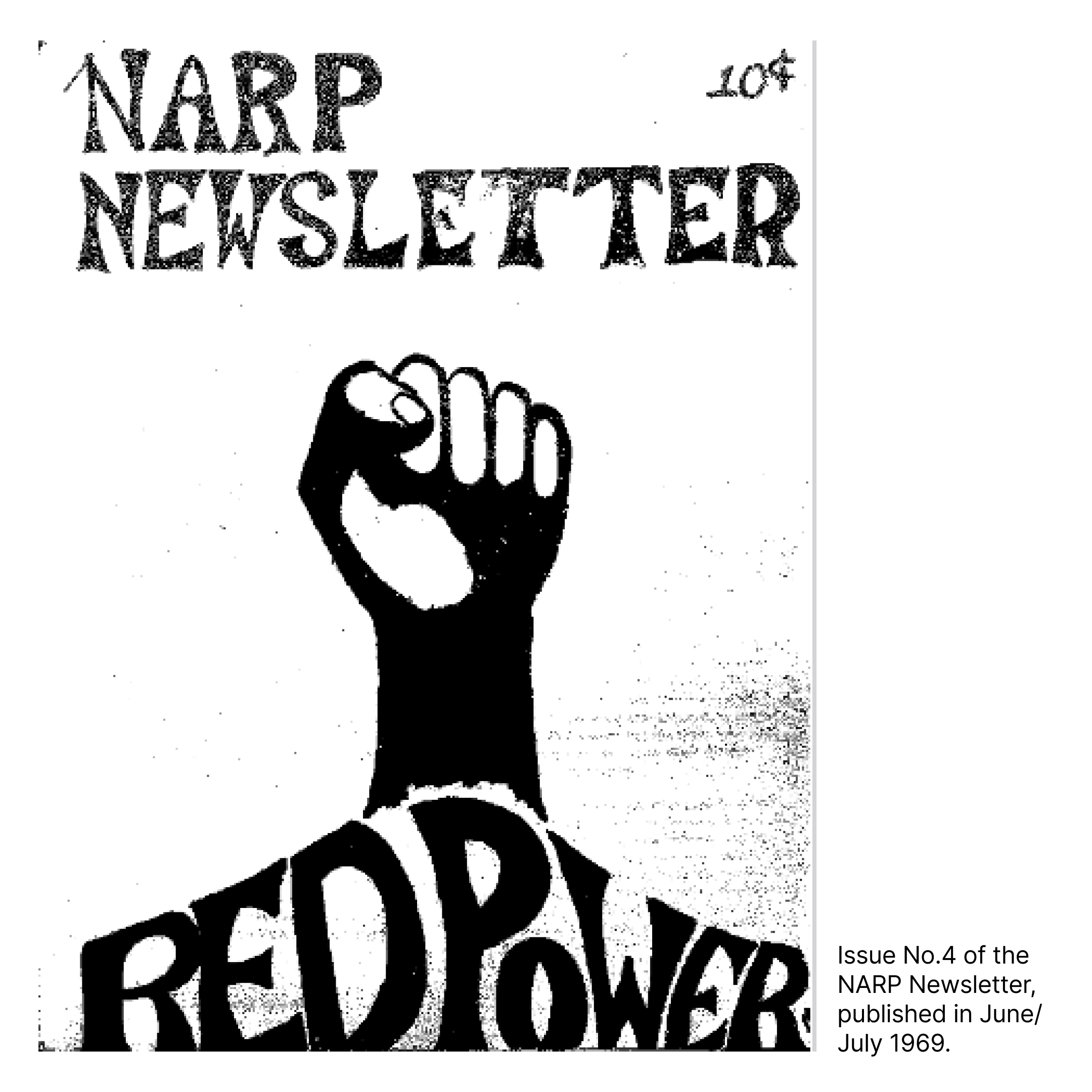
After years of galvanizing political organizing, the Native Alliance for Red Power disbands.
However, the Red Power Movement is still very much alive. The Red Power Movement casts a long shadow that is still visible today.
One example is The Red Nation, an Indigenous organization “dedicated to the liberation of Native peoples from capitalism and colonialism.”
All of North America, the Western Hemisphere, and the Pacific is Indigenous land. Our rights do not begin or end at imposed imperial borders we did not create nor give our consent to.
– Point 2 of The Red Nation’s 10-Point Program
Image source: Michigan State University Library